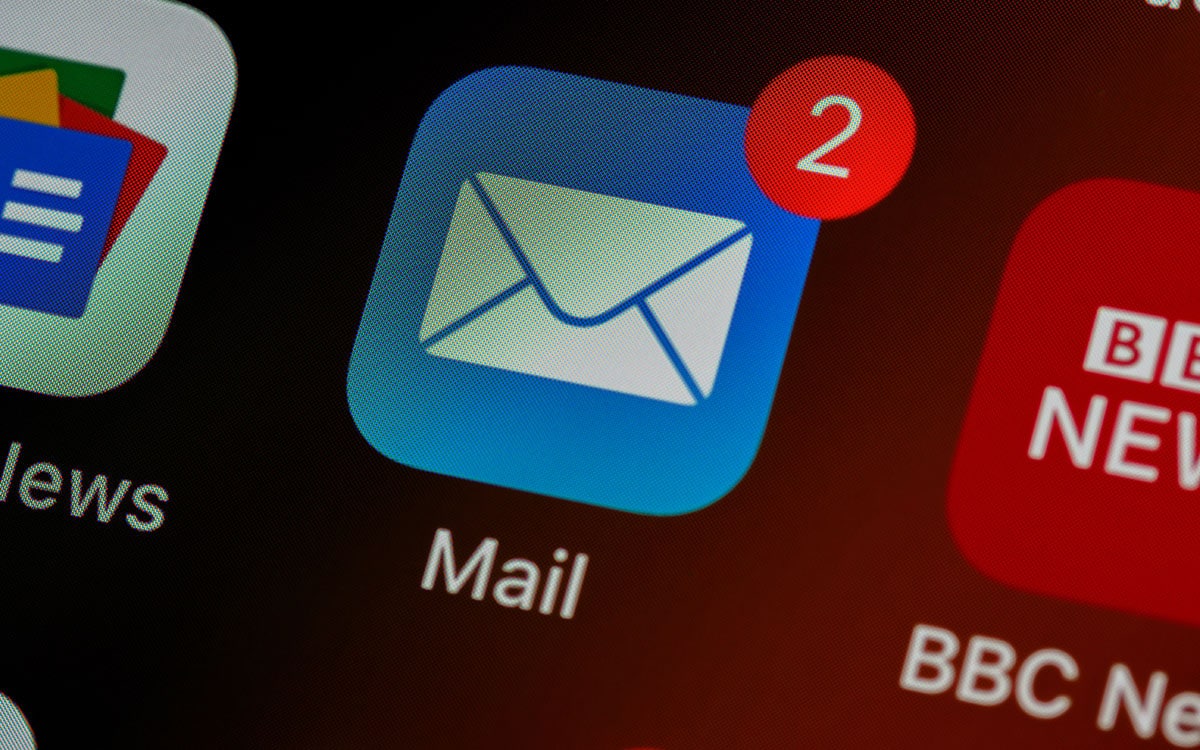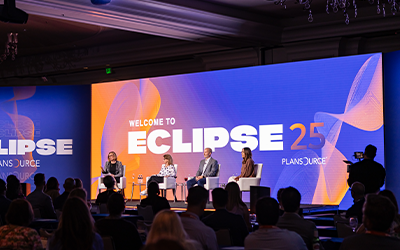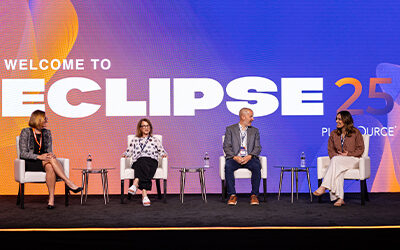It’s no secret that HR and Benefits Managers spend countless hours planning for open enrollment. Negotiating rates with carriers, scoping out innovative new programs to remain competitive and configuring the benefits enrollment system are just a few of the tasks that take up time before, during and after OE. However, how your benefits are promoted is just as important as how they are designed!
You focus a lot of your time and energy making sure your benefits are excellent. The next step is to make sure employees know they are excellent! This is where communications come in—making sure employees know what’s offered and how to use the programs appropriately.
Jessica Foust, PlanSource’s Director of Employee Communications, has 5 simple tips to help you improve your employee communications strategy before, during and after open enrollment.
1.) Get Personal
Personalization means more than just using a name in an email; it’s a strategy of it’s own that you can integrate into lots of other communication channels. Tap into the data that you already have and craft experience that target specific employee types.
Why personalize?
- Builds a deeper relationship with employees
- Provides relevant content
- Gives a face to HR
- Offers better recommendations
- Boosts engagement
- Drives enrollment and participation
You’re talking specifically to an employee about their specific needs and providing relevant recommendations. This approach is far more effective than generic, mass messages.
Start by targeting specific employee groups. You can send out specific messages to groups based on enrollment status, classification, gender, location, union status, enrolled benefits, and more.
Examples of personalized communications include targeted emails, custom video messages, benefits recommendations and social media—to name a few. Get creative with your messaging and information.
The average employee is used to personalization in their day-to-day and fully expects this experience to carry over into the work environment. The trick to making this work without spending too much extra time is to invest in solutions that provide automation that make customization easy.
2.) Up Your Email Game
Email still has a powerful advantage that many channels don’t: creating valuable, personal touches at scale.
Apply email marketing best practices:
Use an attention-grabbing subject line. The subject line is the first thing employees will see in their inbox, which is already crowded! Experiment with different subject lines and have fun. If they don’t open your email, it doesn’t matter what’s in it! Also, use employees’ names in the subject line and keep subject lines concise.
Keep emails as short as possible; follow this simple outline: greeting, initial call-to-action, other important details, end with a final call-to-action.
Additionally, don’t try and include everything in the email—use helpful links instead.
Include short paragraphs and use bulleted lists whenever possible, and include a call-to-action with a deadline to create a sense of urgency.
Personalize the email:
- Emails with personalized subject lines are 26% more likely to be opened
- Open rate for emails with personalized message was 17.6% compared to 11.4% without personalization
- Emails that included the first name of the recipient in their subject line had higher CTR than emails that did not
Finally, reply to a prior email rather than repeating yourself to keep the conversation going.
View more email marketing best practices to improve your employee comms.
3.) Try Text Messaging
Texting is readily available on every mobile device and your next HR goal is just a message away! Text message alerts help employees stay connected and informed. You can send mass messages or segmented messages throughout the year, which is a great way to keep benefits top of mind even after enrollment.
The Case For Text Messaging:
- Text messages have a 98% open rate
- 90% of all text messages are read in under 3 minutes
- 70% of US consumers appreciate getting texts from health care providers
- Sales prospects who are sent text messages convert at a rate 40% higher than those who are not sent text messages
Text Messaging Best Practices for HR:
- Be clear about what employees will get via texts
- Be aware of frequency
- Text during normal hours
- Provide value
- Use short and concise messaging
- Set up groups & personalize the texts
- Schedule texts
- Measure what works
4.) Go Visual & Use Great Design
Think about these stats when designing your communications—it applies to all of your HR comms and messaging! Think about the design; the more visual and well-designed your content the more employees will notice, understand and take action.
Use Images
Articles with images get 94% more total views, and content with photos have 37% higher engagement rate over text-only content. Additionally, any image can improve info recall by 65%
Think Design First
Better design leads to better engagement, better interactions, better understanding, and better action.
Visual Content Tips
Focus on creating valuable, relevant and consistent content. Make sure you are consistent with your info across every channel you use, and use the human touch by eliminating industry and HR jargon; speak to employees like they speak to each other.
5.) Create Infotainment Content
Infotainment is how you inform and entertain employees; it’s a great way to engage employees while getting them to consume important information. Employees will appreciate it but also get through the content and remember key information.
How to Create Awesome Infotainment
- Keep it simple: problem, solution, how it works, CTA
- The shorter, the better (infotainment is more of a hook to get them to do more)
- Tell a story (employee testimonials!)
- Don’t skimp on the info (but include only most important points)
- Use humor
There you have it—5 strategies for a successful employee communications campaign.
For more tips on planning and executing a flawless OE, download our Open Enrollment Planning Playbook.
And, be sure to check out the full webinar to see how HireRight improved their employee communications by implementing the above strategies and partnering with PlanSource.
Recent Posts
Empathy, Innovation & Action: Top Takeaways from HR Leaders Who Spoke at Eclipse
Empathy, Innovation & Action:Top Takeaways from the HR Leaders Who Spoke at...
Charting the Future of PlanSource: Our Vision for What’s Ahead
Discover how PlanSource unveiled game-changing AI innovations at Eclipse 2025, transforming how HR leaders manage benefits and how employees choose them. The future of benefits starts here.
Navigating New Requirements with the Paperwork Burden Reduction Act
Navigating New Requirements with the Paperwork Burden Reduction...




